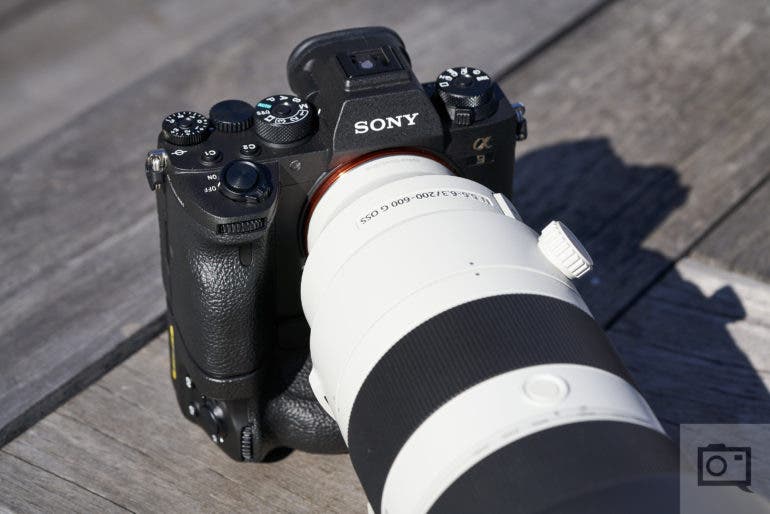The Sony a9 III Will Have to Make the Sony A1 Look Slow
Since the Olympics are canceled again, we’re sure the Sony a9 III will be coming next year.
Last year, the Sony a9 II hit the market. Sony was trying to get it out before the Olympics happened. But because of the global pandemic, the event never occurred. This year, the Olympics don’t seem to be happening again. So Sony has more time to respond to the market. This makes me think that the Sony a9 III is coming next year. So how will Sony one-up themselves after the Sony a1?

The Sony a9 III will, first off, need to be a speed demon. The Sony a9 II already shoots 20fps at 24MP. The Sony a1 shoots 50MP images at 30 frames a second. Then, my thoughts and predictions are that the Sony a9 III will be a 36MP camera that can shoot 40, 50, or 60 frames a second. Combine that with the awesome autofocus tracking, and you might as well shoot on auto. The work will be incredibly easy for any photographer using their cameras.
Sony will also need to support their system with more lenses. Sports and wildlife photographers need more of those. Additionally, Sony will also need to do something different. What about a 200-500mm f2.8 lens? Sigma did that many years ago. Alternatively, the idea of another 1200mm prime lens is attractive too! Canon had a 1200mm f5.6 lens that was super expensive and very rare. It took a year to grow the crystal and still stands as a great story to tell.
But as Sony always tells us, there are tons of rich people who want their cameras too. Those folks don’t know what they’re doing. And with a Sony a9 III, lots more will be possible. Sony, of course, is Minolta. And Minolta had an old 70-200mm beer can lens. Now here’s my logic: The Sony a1 can track and autofocus a lens at f22. If that camera can do that, then the Sony a9 III in the hands of a rich photographer could do well with a new 70-200mm f4 of some sort. In fact, pretty much any camera can do that now.
Sony surely changed the game and the industry with the Sony a1. And we applaud them. Our industry desperately needs innovation. And more importantly, I think our industry needs those higher prices. One can’t say that the $6,500 price tag attached to the Sony a1 isn’t justified. It surely is. Where are you going to get a camera performance like that? Truthfully, nowhere. And the biggest innovations are coming from Canon, Sony, Fujifilm, and in some ways, Leica.

More importantly, Sony is doing what we believed was coming for a while. They’re all done with the 24MP sensor, hopefully. And the lower end of the cameras is going to shift upward. They’re going to need to move into the 30MP range and make that super fast. That’s also one of the only ways that 8K video will be possible. And we don’t really see that happening with APS-C cameras any time soon.
We’re excited to see what Sony does with the a9 series. The Sony a9 III needs to be a mighty camera in terms of speed. But something that’s going to confuse customers is the naming. If the Sony a9 was higher than the Sony a7 series, why is the Sony a1 the flagship? And is it possible to have a Sony a1s instead of an a9 III? We’re going to need to see what Sony does here. At the moment, even as a journalist, I’m perplexed with their naming convention.